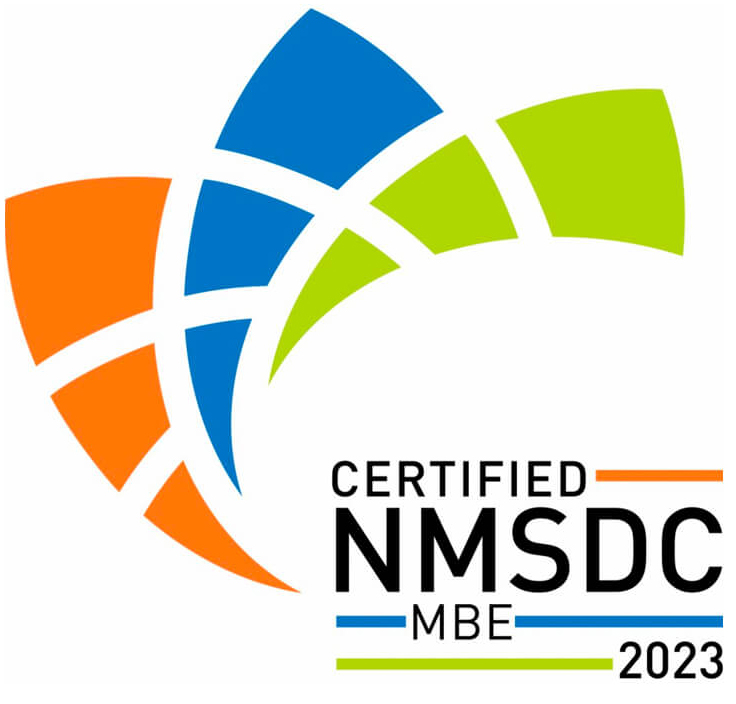
QA Best Practices – Quality Assurance (QA) also called verification, is a process to ensure the end deliverables are as per the requirements and functionality of the deliverables qualify all the Parameters and PROVE THAT CODE CORRECT.
Below are some of the best practices that a quality assurance tester should apply:
A “testing eye” is needed to ask functional questions as features/stories are being considered/analyzed. In other words, the requirements need testing as well.
- Integrate quality into the design of the product from the very beginning rather than simply relying on testing to find defects later
- Continuous Integration testing
Use continuous integration testing to quickly detect any systems integration problems so that they can be easily fixed before they start to compound themselves. - Creating test documentations
Test documentations create clarity. When an application goes through a number of change requests, after a couple of month it becomes unclear, what the ideal functionality was. In this case the test documentations like test cases, test scenarios and RTM come real handy - Include Risk Management with Quality assurance:
- Risk management specifications can include:
- A high number of test builds
- Insufficient regression time
- Unavailable prerequisites
- Incomplete validation
- Unresolved, misapplied, unrecognized metrics
- Through automated testing, continuously monitor software and system performance to quickly identify risks
- Pick the Right QA Tools:
It is important for testers to pick the right testing tools based on the testing requirement and
purpose. Some of the most widely used tools are Jenkins, Selenium, GitHub, etc. - Focus on improvement in quality:
Quality was defined as “no bugs.” Modern testing teams are not in charge of testing or finding bugs, but rather they are in charge of releasing products faster after integrated development teams, which also include testers, have achieved the level of quality we would like.
When we focus more on quality and less on testing it doesn’t mean that testing will not be done or that our jobs are going to disappear. What it does mean is that the focus will be changed from finding bugs to enabling the achievement of quality products while supporting the company’s business goals. - Use of Mature Processes
It is important to define the right processes to be used in the development of your product and ensure that those processes are used as planned with no deviations from those fixed processes. To conduct test maturity assessment (TMA) and test process improvement (TPI) systematically, - Improving Collaboration of Testers and Developers
Collaboration improves the effectiveness of team communication, shortens feedback cycles dramatically and ensures testing activities run in parallel with development. - Bring Customers’ Approach into the Process
Customers are the only ones who will actually be able to define quality, as they are the only ones who actuallyknow what they need. And sometimes even customers have a hard time knowing what it is that they want or need. Participate in customer-facing activities:Create customer personas for the development process
Data is king. - Frequent feedback
Frequent feedback is vital for teams to understand whether the team is going in the direction as expected.
POST WRITTEN BY
Sangeetha A
QA Lead at Sage IT Inc









